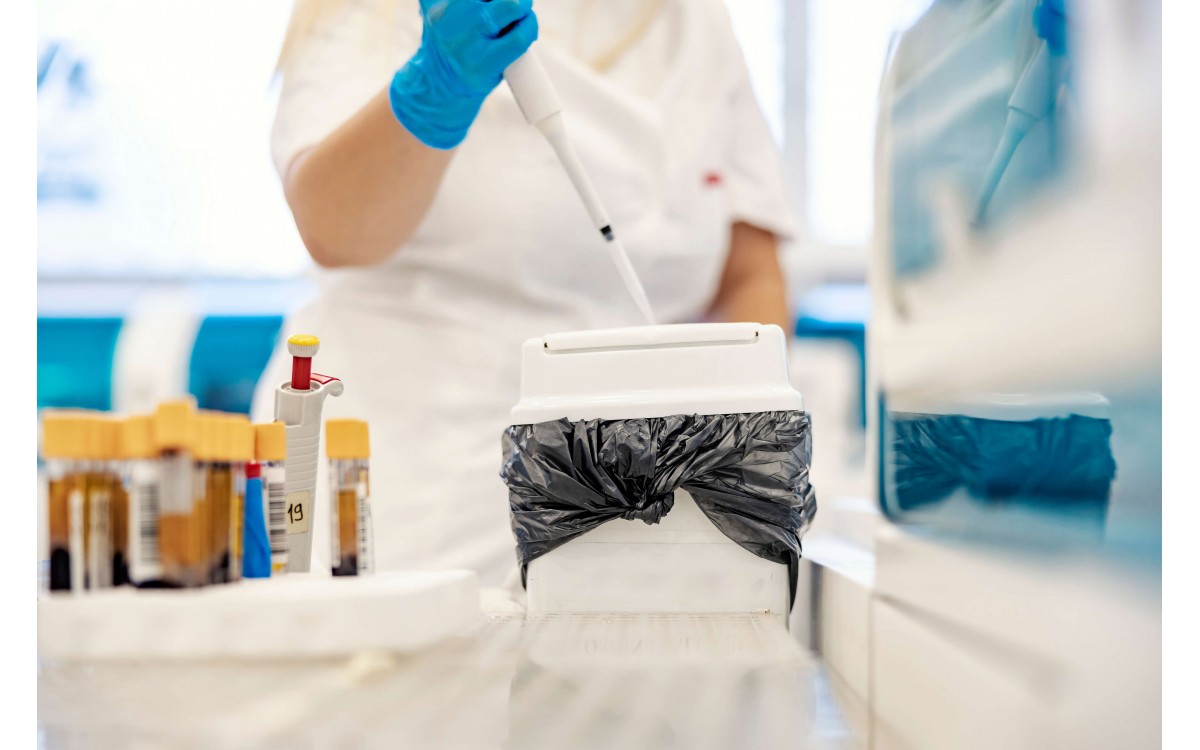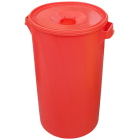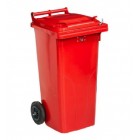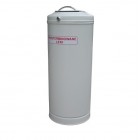Medical waste segregation in recent years is an extremely important topic. Using solutions that are not in accordance with the letter of the law and low-quality medical waste containers can pose a threat to the health and life of both medical facility staff and their patients. What to pay attention to when choosing medical waste containers? How should medical waste segregation look like in a hospital and other medical facilities?
Medical waste containers and Polish law
The issue of dealing with medical waste is regulated by the Regulation of the Minister of Health of October 7, 2017 on the detailed method of dealing with medical waste (Journal of Laws of 2017, item 1975). The presented legal act defines all the rules of conduct related to the storage, transport and segregation of medical waste.
The provisions of the executive act came into force on November 24, 2017, while the legal regulations concerning rooms and places for disinfection, places for preliminary storage of medical waste and places for washing and storing internal transport means of medical waste came into force on May 24, 2019.
The regulation defines the rules related to the handling and segregation of medical waste and the procedures for dealing with individual places and rooms related to the production, transport and storage of medical waste.
Classification of medical waste – which medical waste bin to choose?
In addition, a classification of medical waste into 3 groups was introduced, which we present below. This classification applies to the segregation of medical waste in a hospital, dental office and other facilities.
Containers for infectious medical waste
This group of waste uses red medical waste containers. They include waste with the following codes:
- 18.01.02 – Body parts and organs; blood containers and preservatives for its storage,
- 18.01.03 – Waste containing live pathogenic microorganisms and their toxins and forms capable of transferring genetic material,
- 18.01.80 – Used peloids after treatments for infectious ailments,
- 18.01.82 – Leftovers from feeding patients in infectious wards.
Usually, red medical waste containers are used for medical waste segregation in a dental office and other facilities, such as Medical waste container 60L located in treatment rooms. For storing a larger amount of hazardous waste, the popular red medical waste container 120l is used.

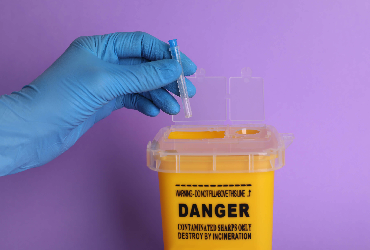
Bins for hazardous medical waste other than infectious
In the case of hazardous waste and other than infectious, yellow plastic medical waste containers are used. This type of medical waste includes:
- 18.01.06 – Chemicals, chemical reagents and substances, hazardous.
- 18.01.09 – Cytostatic and cytotoxic drugs,
- 18.01.10 – Dental amalgam waste.
Usually, hazardous waste is placed in medical waste containers 30l or larger, depending on the specifics and preferences of the medical facility.
Containers for medical waste other than hazardous
For medical waste other than hazardous, green, black or green medical waste containers are used. This group includes:
- 18.01.07 – Chemicals and chemical reagents not containing hazardous substances,
- 18.01.01 – Surgical and procedural tools and their residues,
- 18.01.04 – Other waste than in 18.01.03,
- 18.01.09 – Defective and expired drugs; other than in 18.01.08,
- 18.01.81 – Used peloids after treatments other than infectious.
For medical waste other than hazardous, you can successfully use a medical waste container 60l. It is the best medical waste bin for a pharmacy, which is perfect for segregating used and expired drugs.
The bag and medical waste container must be properly marked. The key information that must be on the container or bag are:
- the code of medical waste stored in them,
- the name and REGON number of the medical waste producer,
- the number of the register book of the medical waste producer,
- the date and time of opening and closing.
Medical waste must be collected only at the place of its origin
A key restriction introduced by the cited regulation is the necessity to collect medical waste only at the place of its origin. Bags and medical waste containers must be resistant to external factors and be located in a way that avoids contact with waste during the use of the container.
The type of medical waste container should be adapted not only to the group of waste, but also to their physical properties. For example, needles or surgical and procedural tools must be stored in plastic medical waste containers made of hard and durable material or cardboard resistant to punctures or other mechanical damage. Dedicated solutions for needles and other sharp waste are Sharpsafe type containers, medical waste cardboard boxes or needle containers for pens. Then such waste can be placed in medical bags. Remember that companies dealing with the transport and disposal of medical waste can refuse to accept waste if it is improperly packaged.
The regulation on medical waste segregation stipulates that medical waste is collected at the place of its origin for no longer than 72 hours from its creation. The exception is highly infectious medical waste, which can be stored for no longer than 24 hours.
Medical waste segregation - it's important!
Proper segregation of medical waste in medical facilities and hospitals is extremely important for maintaining an appropriate level of safety for employees and patients of the facility. The quality of segregation is largely influenced by appropriate, functional and compliant medical waste containers.
We encourage you to familiarize yourself with the assortment of our store. If you have any questions related to the selection of containers and bags for medical waste, we provide comprehensive support and assistance.









 Waste Containers
Waste Containers Waste Bins
Waste Bins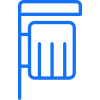 Street And Park Waste Bins
Street And Park Waste Bins Sand And Salt Containers
Sand And Salt Containers Hazardous Waste Containers
Hazardous Waste Containers House And Garden
House And Garden Park Benches
Park Benches

